Our popular product: Dehydrated Torch Ginger Flower (Bunga Kantan)
It’s been over 5 years since we started producing dehydrated torch ginger flowers (Bunga Kantan). It is the most popular item produced by our farm. We have customers from many countries and though we rarely ship it out of Malaysia due to the high cost in shipping, our dehydrated Bunga Kantan has been brought to many countries: USA, England, Germany, UAE, Spain, France, Czech Republic, Australia, Hong Kong, Japan, China, Qatar and Taiwan. It has been interesting to see how Malaysian’s love for laksa and asam pedas has made our product into their kitchens overseas. I have also had the pleasure of being contacted by visitors to Malaysia who have previously live in Malaysia to purchase them to bring home to their home country. I will try to accommodate them if they are in the KL area to ensure that delivery can be made on time before they leave for their home country.
England, Germany, UAE, Spain, France, Czech Republic, Australia, Hong Kong, Japan, China, Qatar and Taiwan. It has been interesting to see how Malaysian’s love for laksa and asam pedas has made our product into their kitchens overseas. I have also had the pleasure of being contacted by visitors to Malaysia who have previously live in Malaysia to purchase them to bring home to their home country. I will try to accommodate them if they are in the KL area to ensure that delivery can be made on time before they leave for their home country.
What is unique about our product is that the flowers are all grown at our farm in Hulu Langat without exposure to chemical herbicides, pesticides or fertilizers. It is dehydrated in less than 24 hours after harvest which enables it to retain its color and as much flavor as possible – something that is achieved through using a dehydrator. If you sun-dry it, it will lose most of its color, if not all, and turn brown.
Once dehydrated, we pack it in lightweight, resealable pouches which makes it easy to transport. Once opened, you can reseal the pouches and store it in a cool. dry place or if you like, in your refrigerator. It wi. ll last for many months.
 We have been asked by a few companies to be their source provider for dehydrated bunga kantan. This is something that we are not equipped to do simply because we do not produce in large quantities. For example, to produce 1 kg of dehydrated bunga kantan, it takes about 400 flowers. We can only produce about 100 flower every 2 weeks.
We have been asked by a few companies to be their source provider for dehydrated bunga kantan. This is something that we are not equipped to do simply because we do not produce in large quantities. For example, to produce 1 kg of dehydrated bunga kantan, it takes about 400 flowers. We can only produce about 100 flower every 2 weeks.
We are in the midst of increasing the number of torch ginger plants we have but it will take a while and will be limited to space availability. Our farm is a multiculture farm which means we have different types of plants and trees planted at the farm including rambutan, soursop, dukong, pulasan, cempedak madu, various varieties of bananas and hers to name a few. There are over 100 varieties of plants and trees at the farm and this contributes to creating a healthy farm environment as each plant or tree contributes to the overall environment of the farm in a positive way. The good amount of rainfall and lots of sunshine makes our farm location be a great place to plant.
While bunga kantan is most often used in cooking laksa and asam pedas, there are other ways to consume it. You can rehydrate it with very hot water and ass it to salads or chop it up and top it over hot rice. The aroma and flavor adds a nice touch to plain rice. You can also add it to salads. I also like to add it to seafood soups – it adds a nice touch to it. Just let your creativity fo and take your taste buds on a journey.

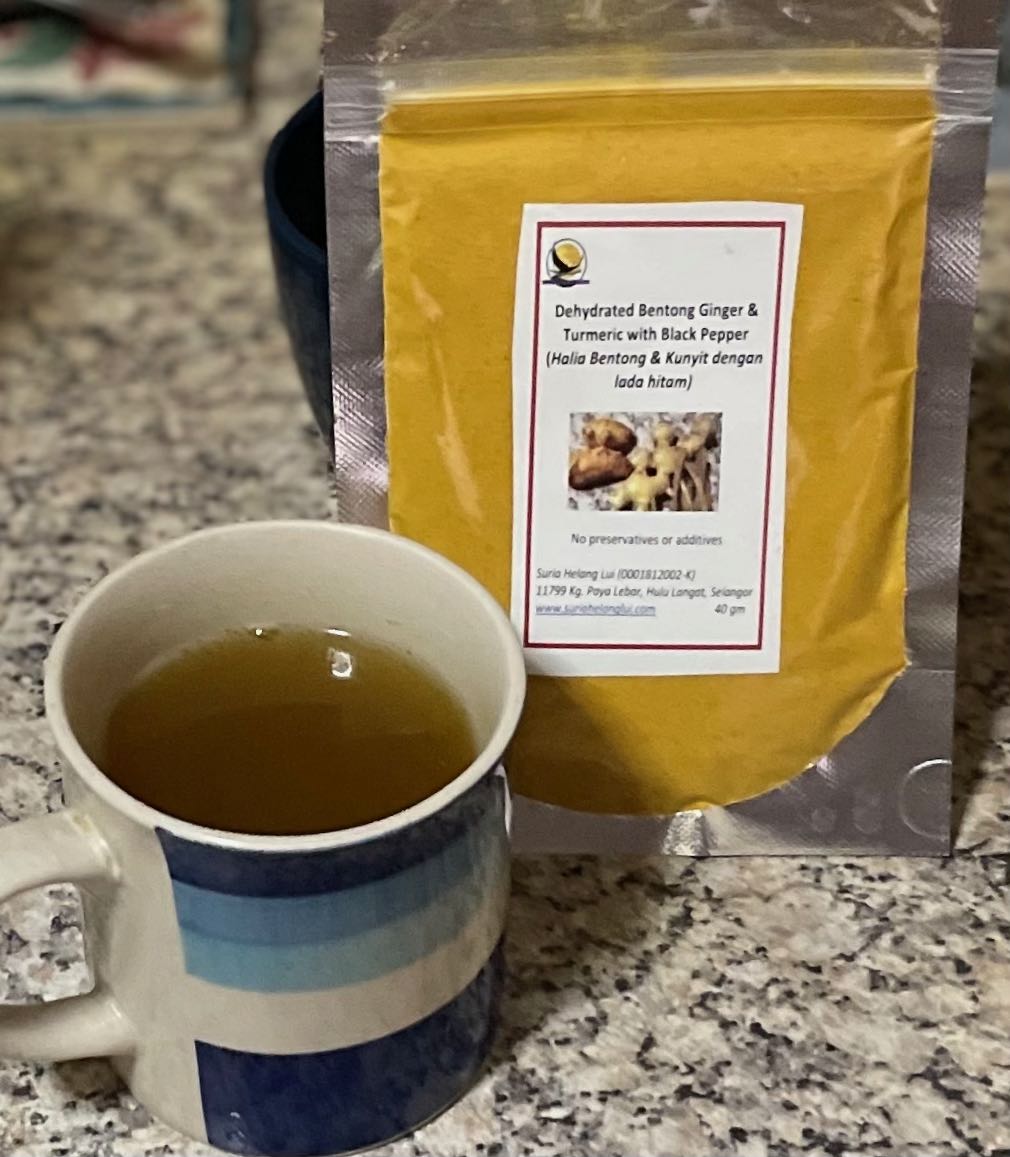
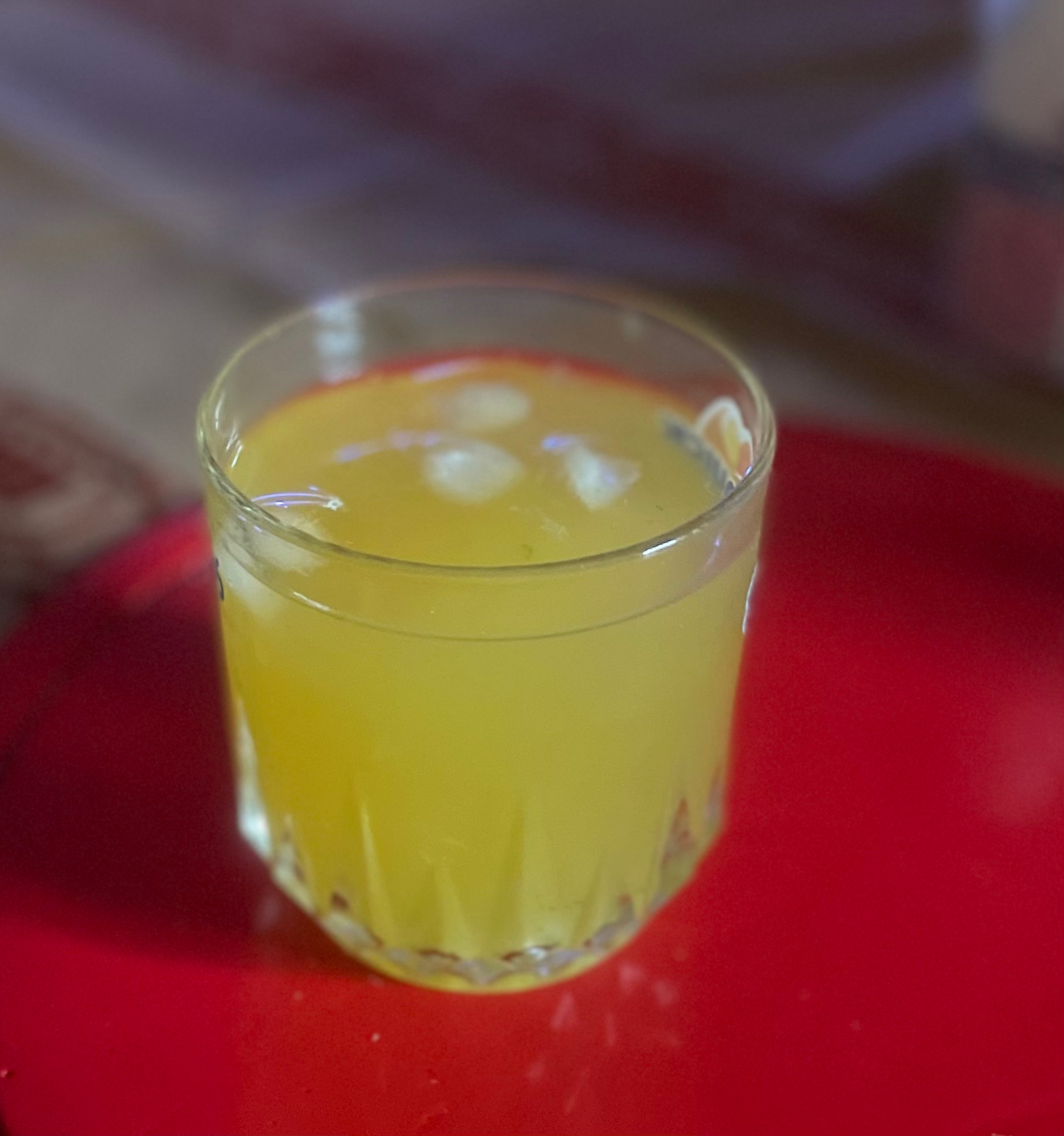 provides me with added healthy values. What I do is to use 1/4 teaspoon of this powder in hot water to encourage thediffusion into the drink followed by some citrus juice and a touch of honey. My preference is for lime juice as it is readily available and my source of the fruit is from the farm. As it is grown organically free from pesticides and herbicides, I will also grate some of the green skin into the drink. I don’t use the white part as that adds a bitter taste to the drink. You can choose other natural juices to add to it and follow your taste bud. However, I find the addition of citrus juice is the tastiest option for me. This will also elevate the nutrient offering within the drink.
provides me with added healthy values. What I do is to use 1/4 teaspoon of this powder in hot water to encourage thediffusion into the drink followed by some citrus juice and a touch of honey. My preference is for lime juice as it is readily available and my source of the fruit is from the farm. As it is grown organically free from pesticides and herbicides, I will also grate some of the green skin into the drink. I don’t use the white part as that adds a bitter taste to the drink. You can choose other natural juices to add to it and follow your taste bud. However, I find the addition of citrus juice is the tastiest option for me. This will also elevate the nutrient offering within the drink.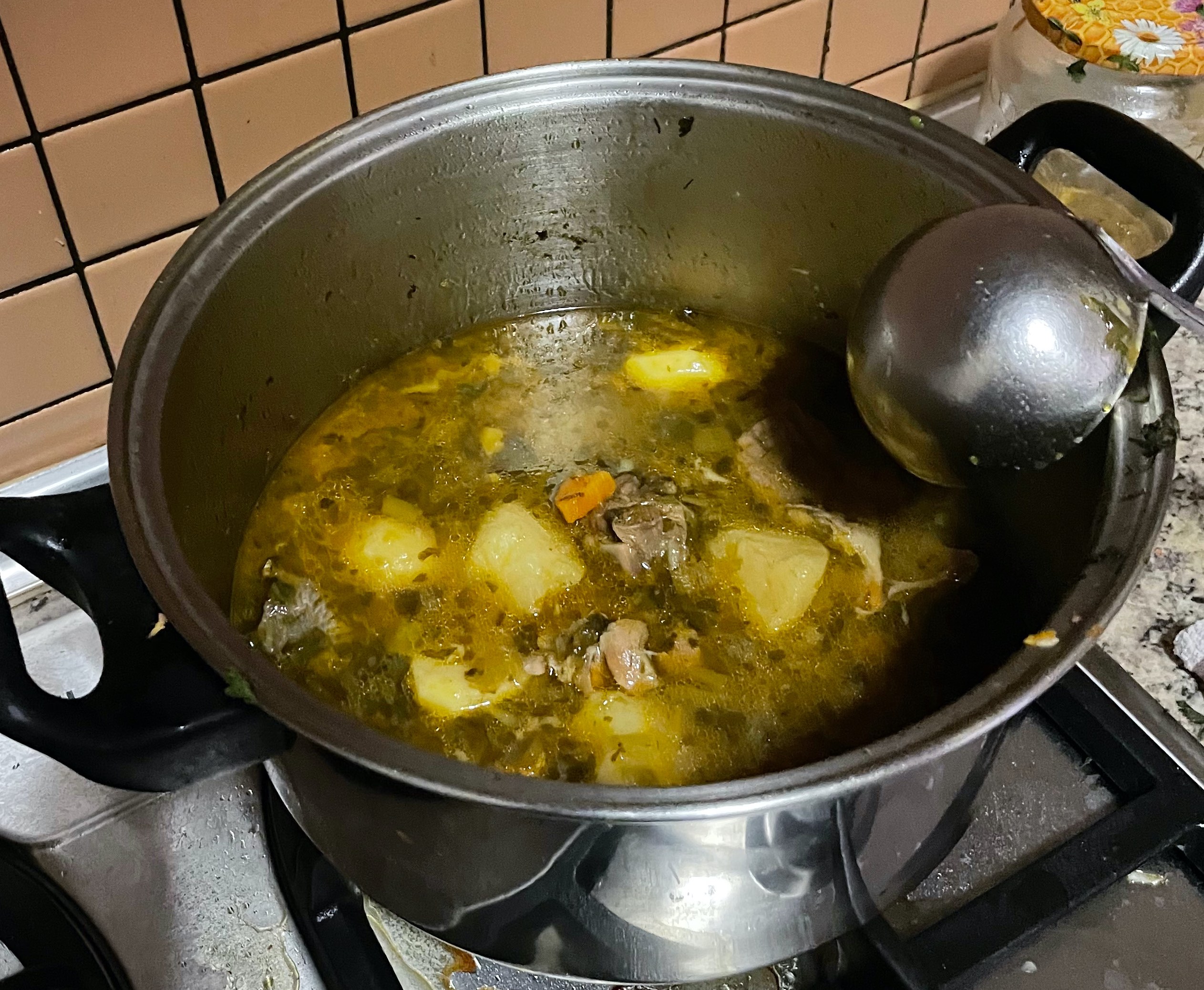 making.
making.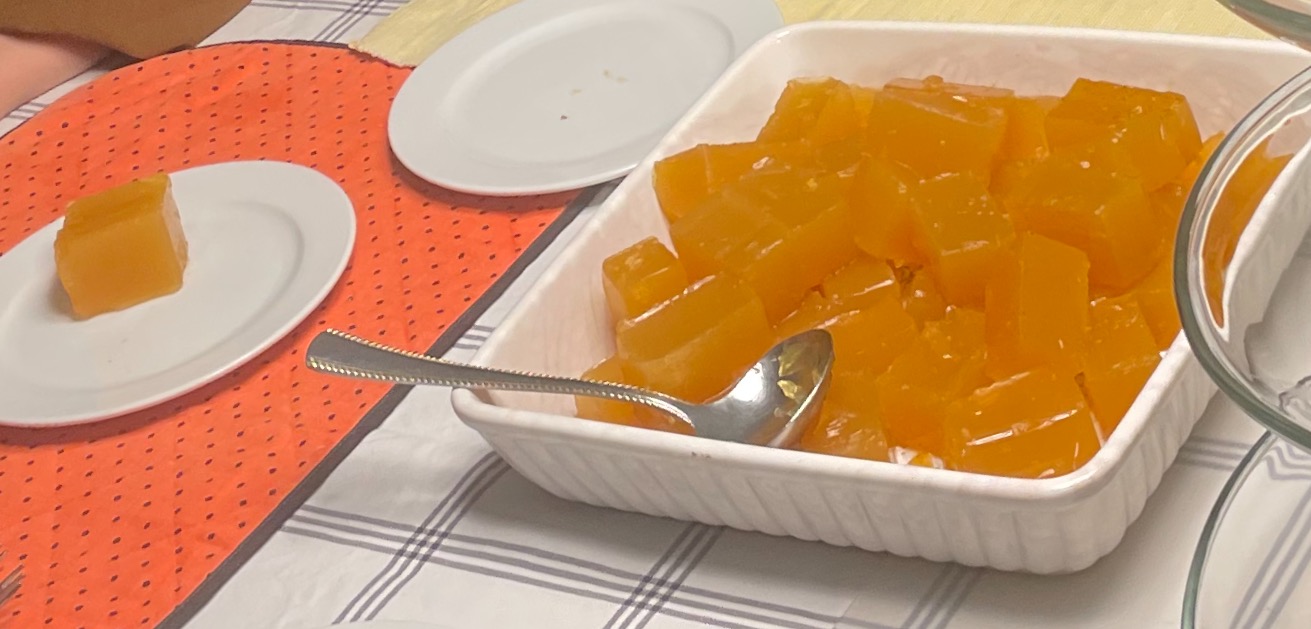
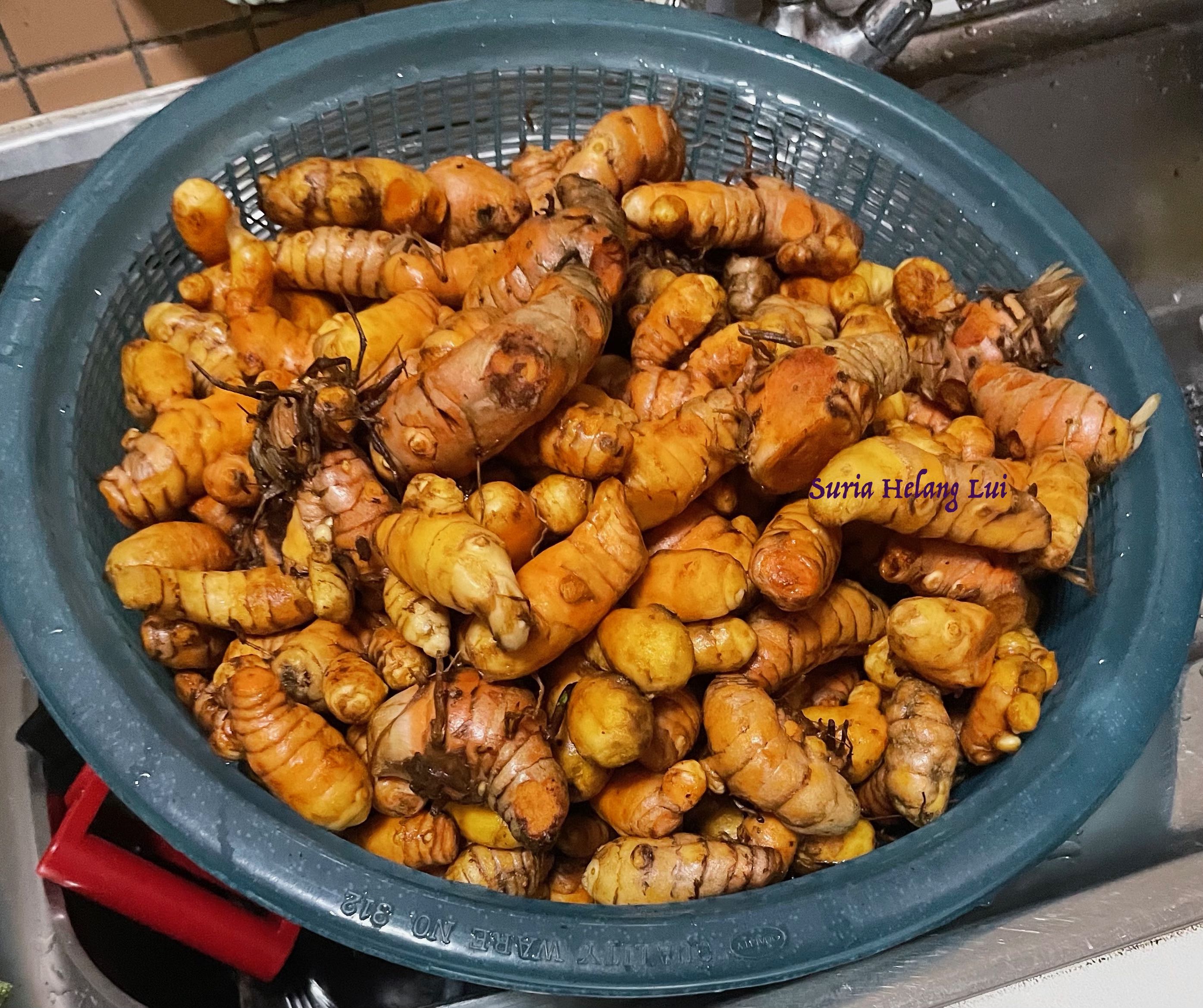 its bioavailabilty to our body iby combining turmeric with black papper where the piperine enhances the absorption of the curcumin. It is widely-used in ayurvedic and traditionak medicine, Based on studies and research, some of the benefits are:
its bioavailabilty to our body iby combining turmeric with black papper where the piperine enhances the absorption of the curcumin. It is widely-used in ayurvedic and traditionak medicine, Based on studies and research, some of the benefits are: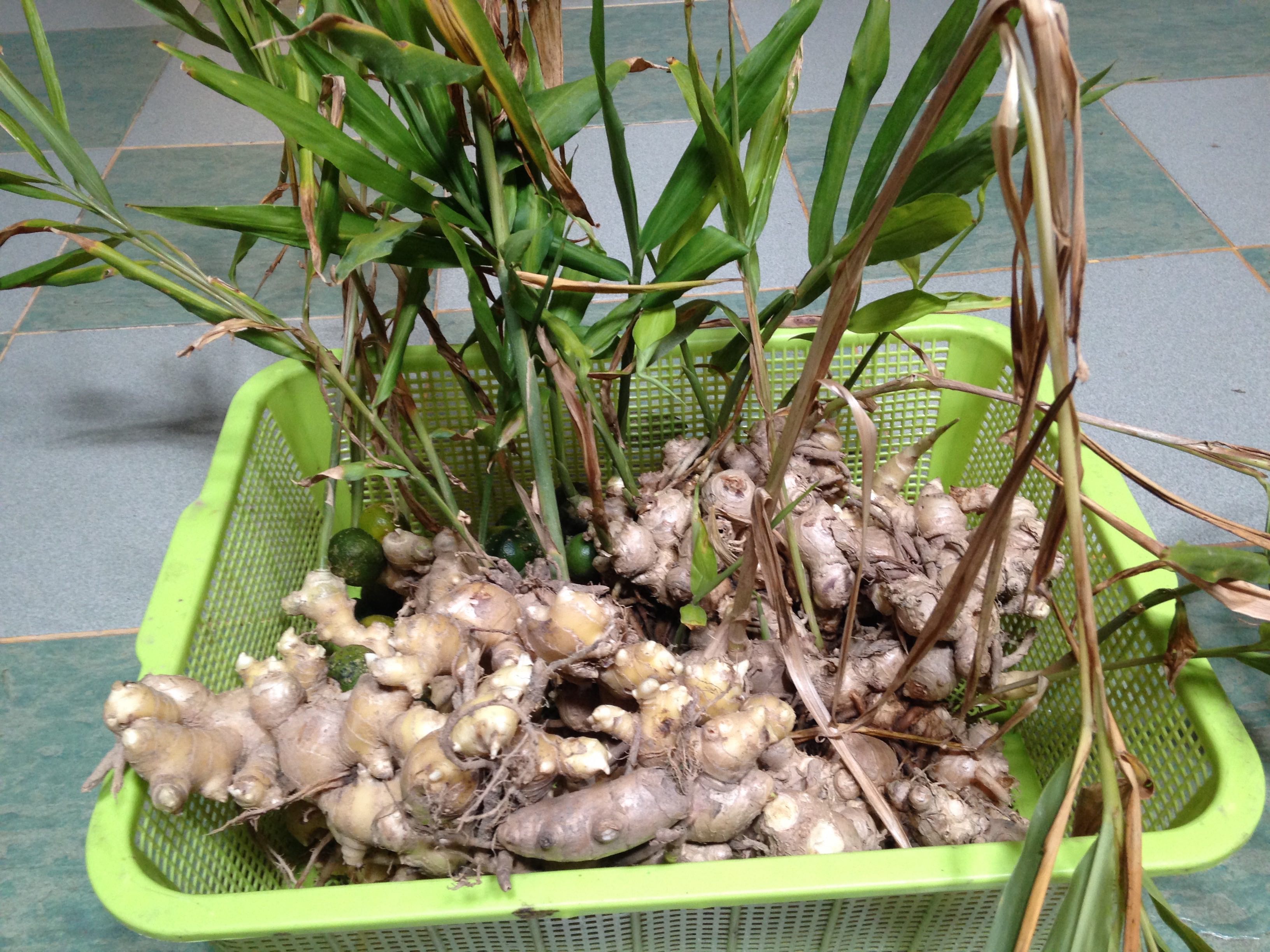 on ginger, some of the benefits include:
on ginger, some of the benefits include:
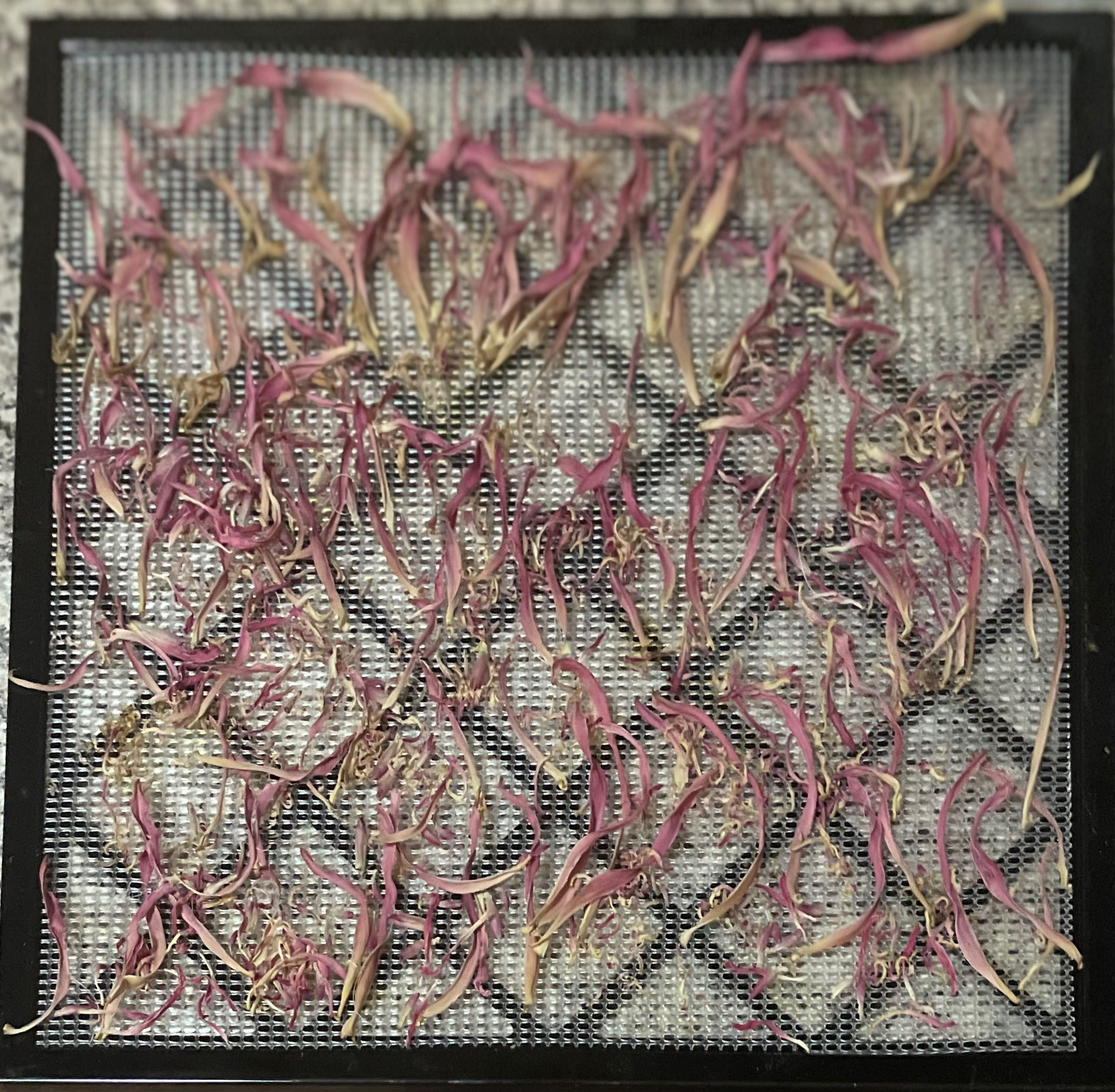



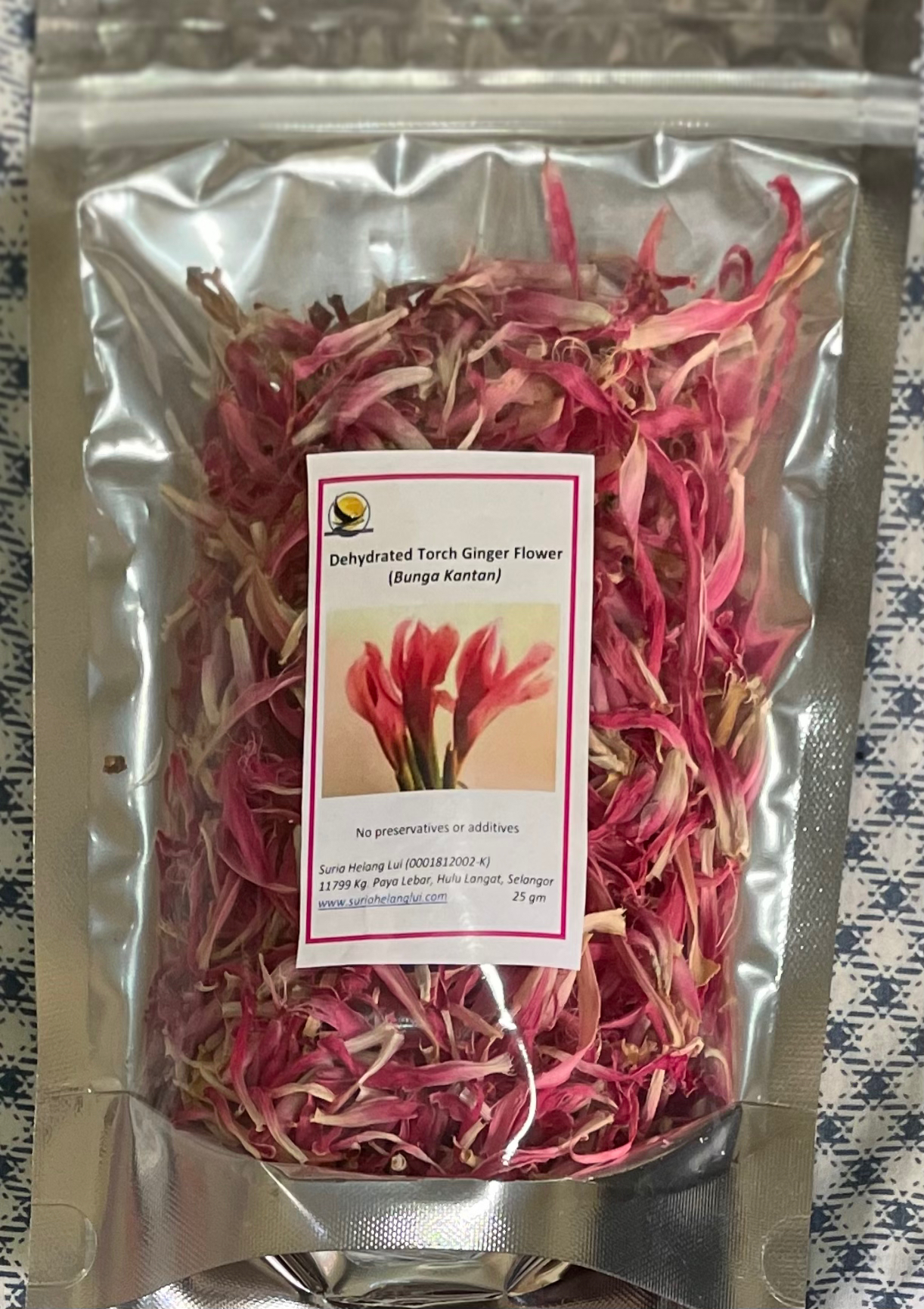
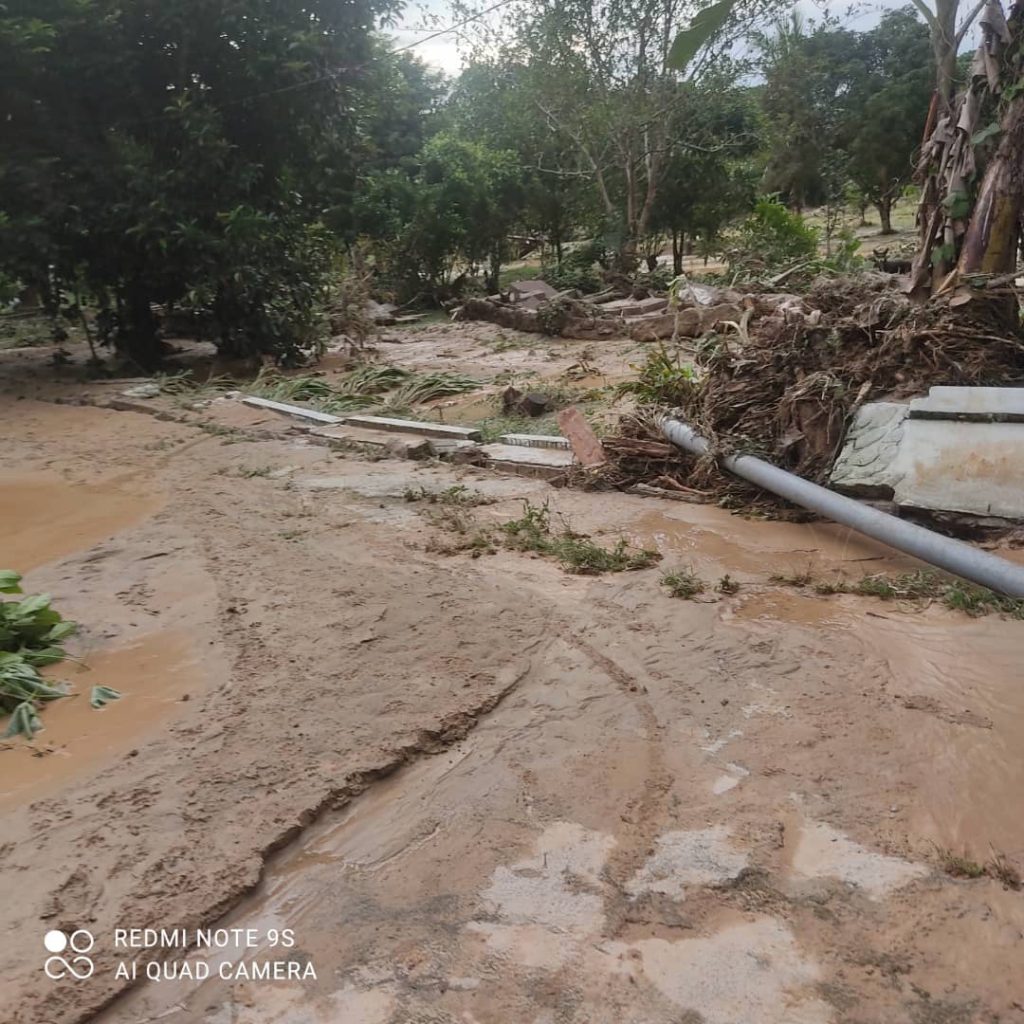
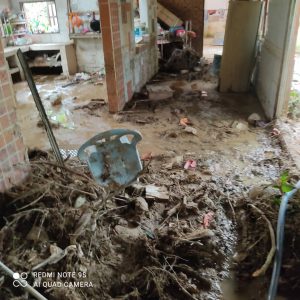
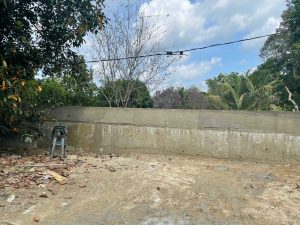

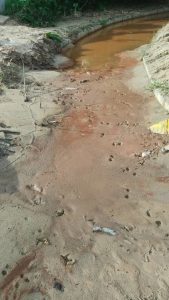
 coriander (scientific name: Persicaria Odorata) or commonly known here as daun kesum. Other dishes that is is often used in a soupy dishes especially if it contains seafood. The flavor and aroma it departs, to me, makes the dishes more delicious.
coriander (scientific name: Persicaria Odorata) or commonly known here as daun kesum. Other dishes that is is often used in a soupy dishes especially if it contains seafood. The flavor and aroma it departs, to me, makes the dishes more delicious. As with many things that we produce or develop at the farm, this product was developed based on my needs: readily available, easy to store and transport and longer shelf-life. I find that having them in dehydrated form readily available is handy. Often, when we buy it fresh, we have to buy a pack or seikat which more often than not, leads to quite a bit of it being thrown away as it spoils before all of it could be used up. By having it in this form, I can use the quantity I wish without being wasteful.
As with many things that we produce or develop at the farm, this product was developed based on my needs: readily available, easy to store and transport and longer shelf-life. I find that having them in dehydrated form readily available is handy. Often, when we buy it fresh, we have to buy a pack or seikat which more often than not, leads to quite a bit of it being thrown away as it spoils before all of it could be used up. By having it in this form, I can use the quantity I wish without being wasteful.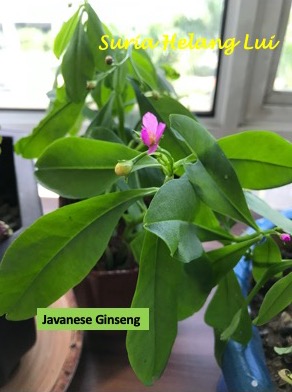 Javanese Ginseng (Ginseng Jawa) with its botanical name Talinum paniculatum. I have grown this as an indoor plant although it flourishes when it gets sunlight exposure. I have also planted it in a pot and placed it in my office by a window that receives afternoon sunlight. In this setting, I water it once every couple of days. I use a rich organic soil content with a good amount of peat mixed in the soil. This helps to keep the soil moist but not soggy. It also does well in full sun. and is well suited to our tropical climate. It is an easy to care for plant and doesn’t require daily
Javanese Ginseng (Ginseng Jawa) with its botanical name Talinum paniculatum. I have grown this as an indoor plant although it flourishes when it gets sunlight exposure. I have also planted it in a pot and placed it in my office by a window that receives afternoon sunlight. In this setting, I water it once every couple of days. I use a rich organic soil content with a good amount of peat mixed in the soil. This helps to keep the soil moist but not soggy. It also does well in full sun. and is well suited to our tropical climate. It is an easy to care for plant and doesn’t require daily to spinach hence when eaten raw, it should be eaten in small quantities. The leaves contain calcium, iron, potassium, magnesium and zinc. It is also a source of powerful natural compounds such as Beta-sitosterol.It can be turned into a simple vegetable soup with garlic, salt and black pepper added to further add flavour. You can also make a simple stir-fry dish and can be used as a spinach replacement. The leaves may also be added to smoothies. I like the taste of the leaves – it has a smooth, creamy flavour without any other strong flavours. They pair well with ingredients like garlic and onion, and flavouring agents such as soy sauce and oyster sauce. Similar to many other leafy vegetables, cooking it can increase the bio-availability of antioxidants and other nutrients.
to spinach hence when eaten raw, it should be eaten in small quantities. The leaves contain calcium, iron, potassium, magnesium and zinc. It is also a source of powerful natural compounds such as Beta-sitosterol.It can be turned into a simple vegetable soup with garlic, salt and black pepper added to further add flavour. You can also make a simple stir-fry dish and can be used as a spinach replacement. The leaves may also be added to smoothies. I like the taste of the leaves – it has a smooth, creamy flavour without any other strong flavours. They pair well with ingredients like garlic and onion, and flavouring agents such as soy sauce and oyster sauce. Similar to many other leafy vegetables, cooking it can increase the bio-availability of antioxidants and other nutrients. weather. It can group over 5m tall but you can manage the height by pruning it throughout its life span. Once establish, it doesn’t need to be watered as with our climate, it can survive with just our normal rainfalls. It is a relatively fast grower and its branches spreads out making it a nice tree for providing some shade once it grows tall. However, as I use a good amount of the leaves, I keep the height growth controlled as I prune it about every 3 months or so. With good soil, it doesn’t require any fertilizers though as a normal practice at the farm, we fertilize them twice a year
weather. It can group over 5m tall but you can manage the height by pruning it throughout its life span. Once establish, it doesn’t need to be watered as with our climate, it can survive with just our normal rainfalls. It is a relatively fast grower and its branches spreads out making it a nice tree for providing some shade once it grows tall. However, as I use a good amount of the leaves, I keep the height growth controlled as I prune it about every 3 months or so. With good soil, it doesn’t require any fertilizers though as a normal practice at the farm, we fertilize them twice a year
 meaning of “kelat” but it is the taste that is present in unripen bananas. However, when you use it in cooked dishes, this taste is not present. I guess it is the citrus taste that led it to be name serai as Malaysian knows the lemony taste from the lemongrass or serai in Bahasa Malaysia.
meaning of “kelat” but it is the taste that is present in unripen bananas. However, when you use it in cooked dishes, this taste is not present. I guess it is the citrus taste that led it to be name serai as Malaysian knows the lemony taste from the lemongrass or serai in Bahasa Malaysia.